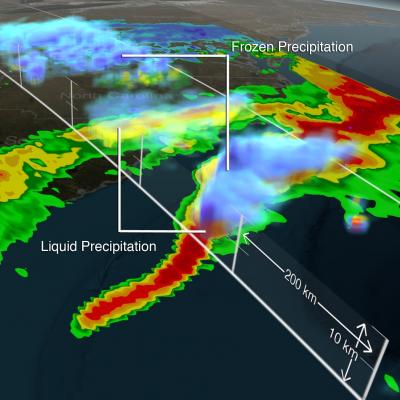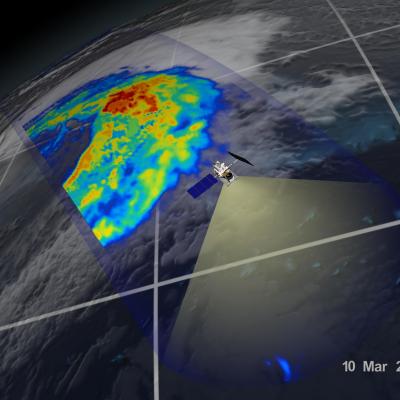IMERG Dataset Back Online
The issues with NOAA's 4-km Merged IR data are closed and the IMERG Early and Late Runs have been restarted from the point at which they stopped. This will provide a continuous record for each, but it also means that it will take a while to process the backlog of data and catch up to the nominal latency.



